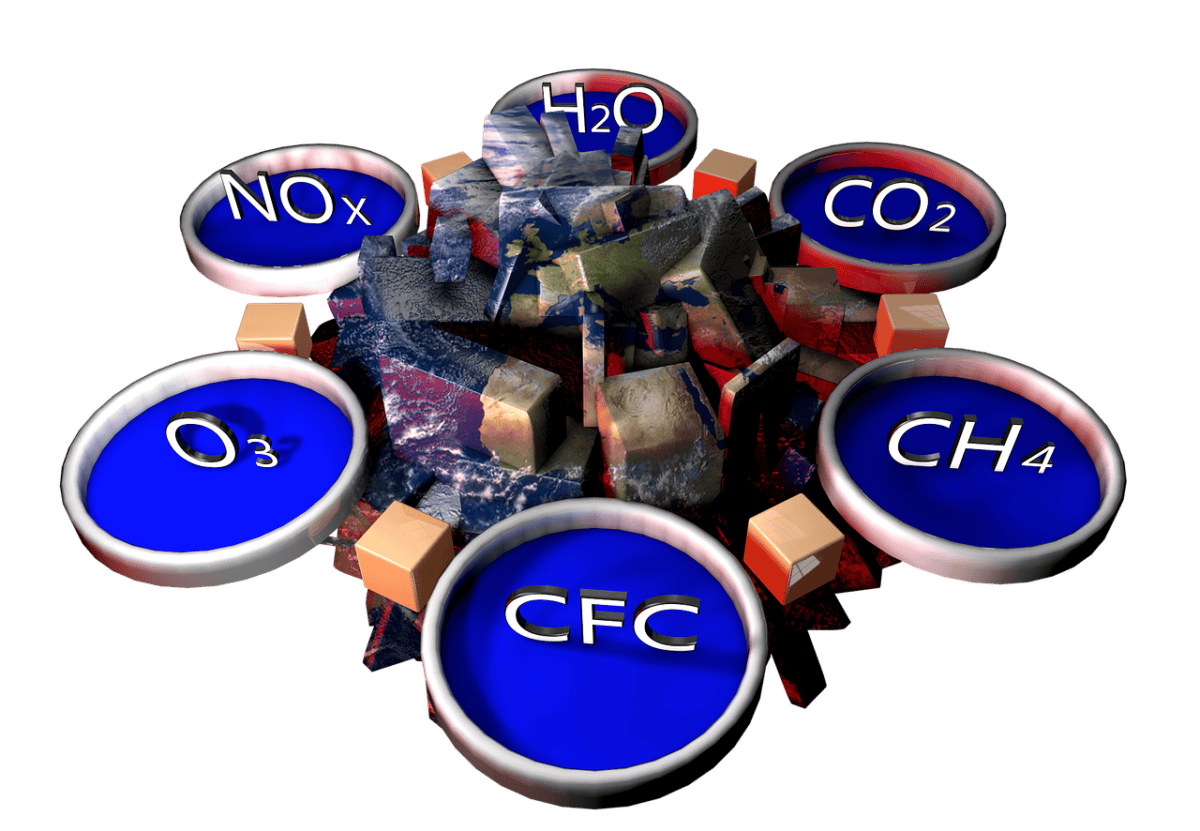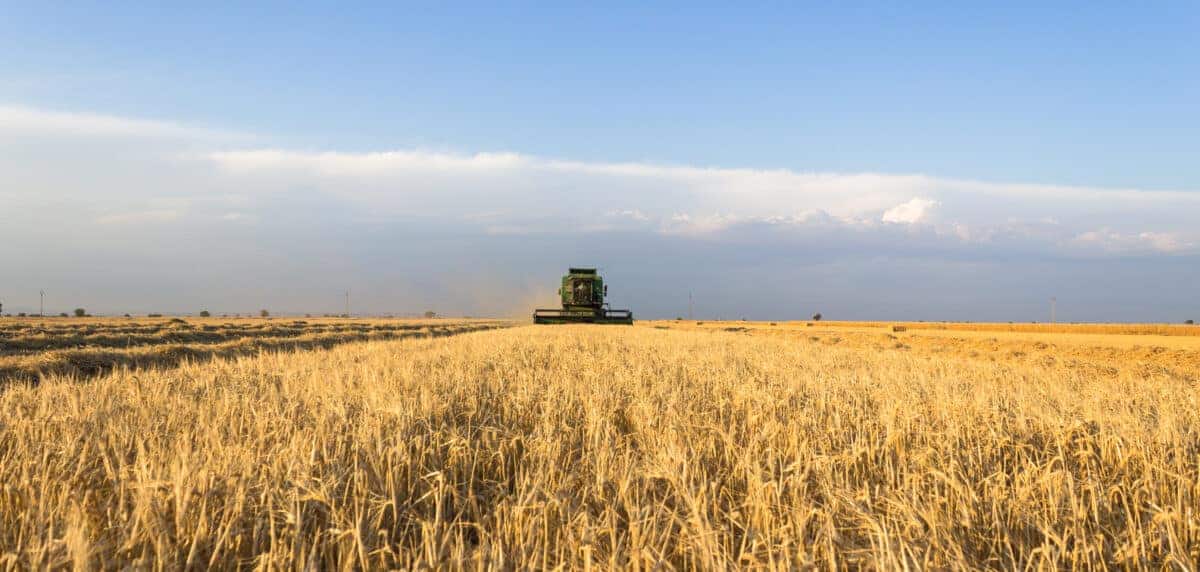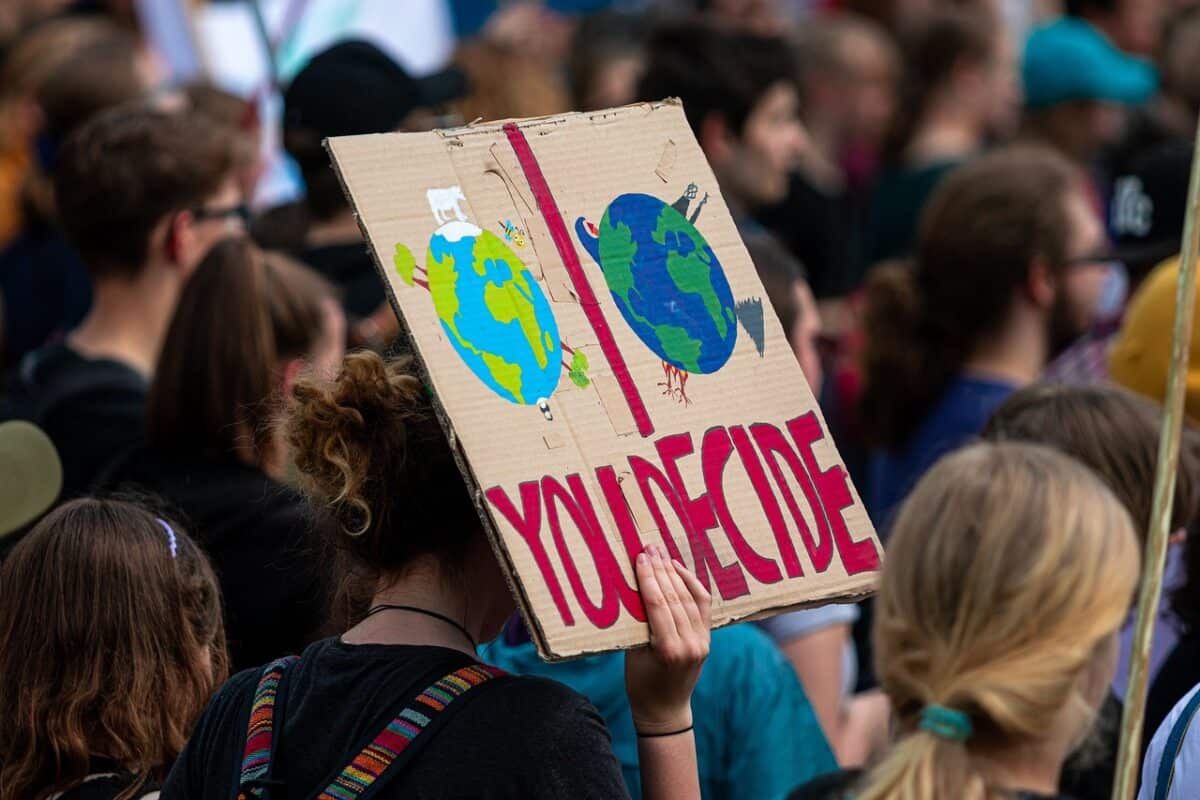Understanding the complexities of global warming can often feel like navigating a dense fog of information. As the planet’s climate becomes a central topic of conversation, separating fact from fiction has never been more important. This article aims to clarify the science behind global warming by exploring its causes, effects, and common misconceptions, all while maintaining an educational tone that is accessible to a general audience. Let’s embark on this enlightening journey to unveil the truth behind this pressing global issue.
What is Global Warming?

Global warming refers to the long-term rise in Earth’s average surface temperature. This phenomenon is primarily driven by human activities, such as burning fossil fuels and deforestation, which increase concentrations of greenhouse gases in the atmosphere. These gases trap heat, causing the planet’s temperature to increase over time.
The Greenhouse Effect: Friend or Foe?

The greenhouse effect is a natural process vital for life on Earth. It refers to the Earth’s atmosphere trapping some of the Sun’s energy and using it to warm the planet to a habitable temperature. However, human activities have intensified this effect, leading to excessive warming that disrupts climate patterns and ecosystems.
Key Contributors to Global Warming

The primary contributors to global warming are carbon dioxide (CO2) and methane emissions. CO2 is released through activities like burning fossil fuels and deforestation, whereas methane is emitted during agricultural practices and from landfills. These activities increase the atmospheric concentration of greenhouse gases, amplifying the greenhouse effect.
Natural vs. Human-Caused Climate Change

While natural processes such as volcanic eruptions and solar variability can influence the climate, overwhelming scientific evidence points to human activity as the main driver of recent global warming. The rapid increase of greenhouse gases since the Industrial Revolution correlates with the observed rise in global temperatures, underscoring human impact.
Signs of a Warming World

The effects of global warming are visible across the globe. Signs include rising sea levels, melting glaciers and polar ice, more frequent and severe weather events, and shifts in wildlife populations and their habitats. As temperatures increase, these changes are expected to intensify, posing significant challenges to both natural and human systems.
Debunking Popular Myths about Global Warming

Several myths persist about global warming, such as the belief that it’s a natural fluctuation or that individual temperature records disprove a long-term warming trend. Scientifically, global warming is confirmed by long-term trends rather than isolated events. Understanding these misconceptions is crucial for informed discourse on climate action.
The Role of Renewable Energy

Transitioning to renewable energy sources like solar, wind, and hydroelectric power is critical in mitigating global warming. These clean energy sources produce little to no greenhouse gases, providing a sustainable alternative to fossil fuels. Adoption of renewables reduces carbon footprints and contributes to a more stable climate.
Climate Policies and International Agreements

Global efforts to combat climate change are epitomized by international agreements like the Paris Agreement, which aims to limit global warming to well below 2°C above pre-industrial levels. Such policies encourage nations to set emission reduction targets and collaborate on innovative solutions to reduce global dependence on fossil fuels.
The Economic Impact of Global Warming

Global warming poses significant economic challenges, affecting agriculture, infrastructure, and health. Crop yields may decrease due to extreme weather, while rising sea levels threaten coastal properties. By investing in sustainable practices and mitigation strategies, economies can adapt to climate impacts and foster resilience.
How Individuals Can Make a Difference

Individuals play a vital role in addressing global warming. Simple actions like reducing energy consumption, supporting sustainable products, and advocating for policy changes can collectively make a significant impact. Public awareness and personal responsibility are powerful tools in the fight against climate change.
Future Projections and Possible Scenarios

If current trends continue, global temperatures could rise significantly by the end of the century, leading to severe environmental and societal disruptions. However, positive scenarios involving aggressive emission reductions and green innovations offer hope for a stable climate future.
Why Acting Now is Crucial

The longer we wait to tackle global warming, the more severe its impacts will be. Immediate action is essential to limit temperature rise and avoid catastrophic consequences. By taking decisive steps today, we can secure a healthier planet for future generations.
In summary, understanding the science behind global warming is crucial for informed decision-making and effective action. By separating fact from fiction, acknowledging the human impact on climate change, and adopting sustainable practices, we can mitigate its effects and pave the way for a brighter future. Let’s act together to address this global challenge and preserve our planet for generations to come.
- 10 Ancient Australian Creatures That Defy Evolution - August 15, 2025
- The Science Behind the Panda’s Distinct Black and White Fur - August 15, 2025
- The Fascinating World of Bioluminescence in Animals - August 15, 2025

